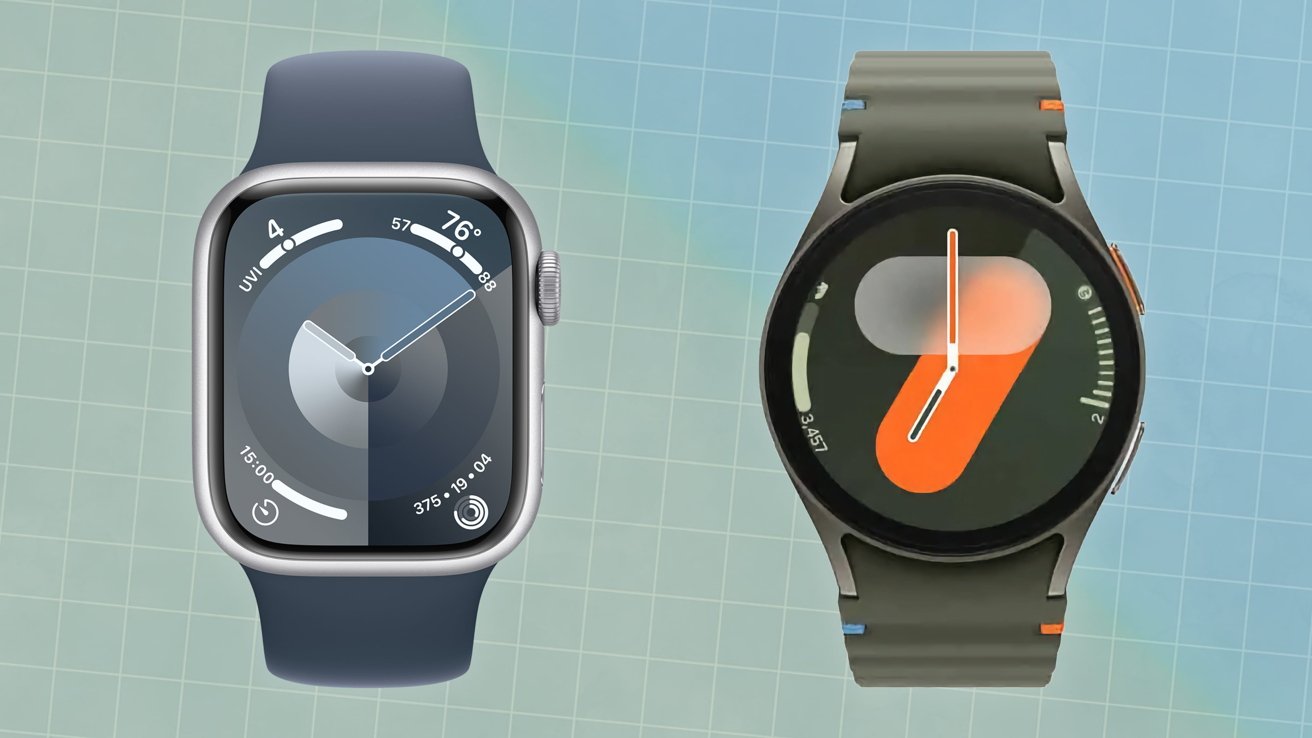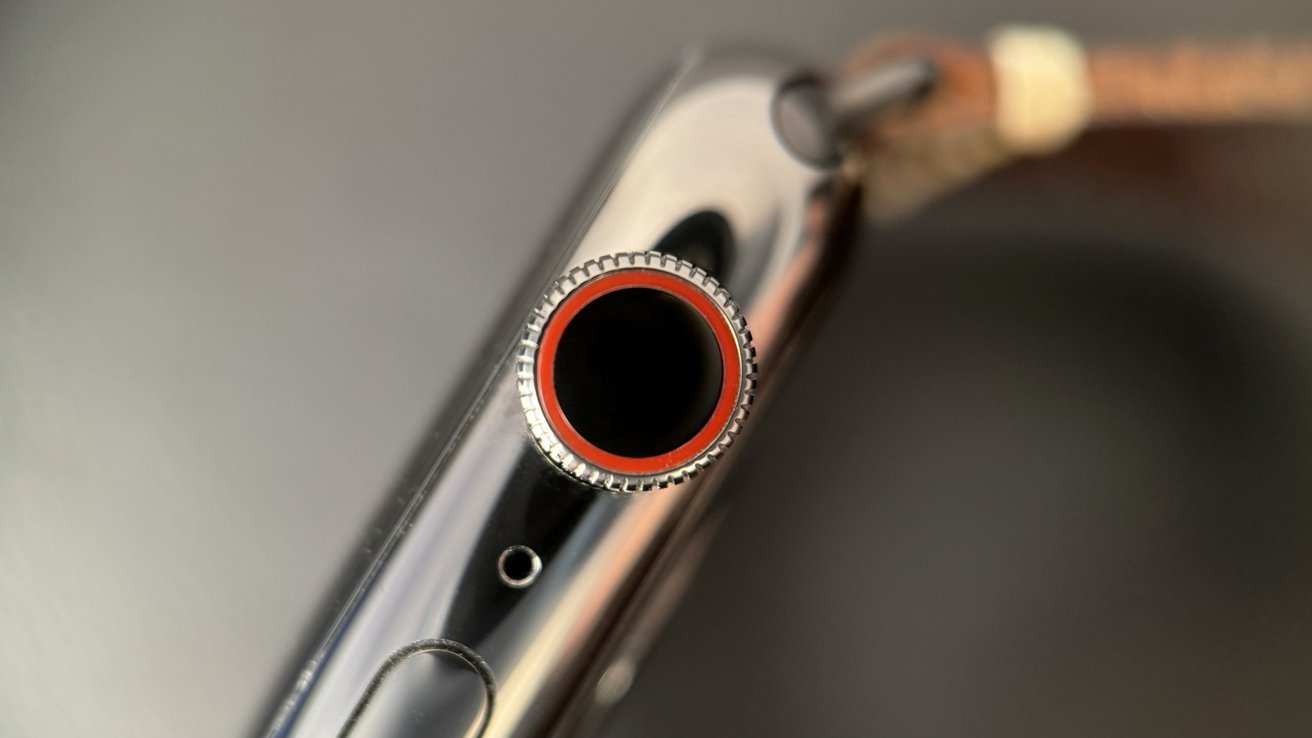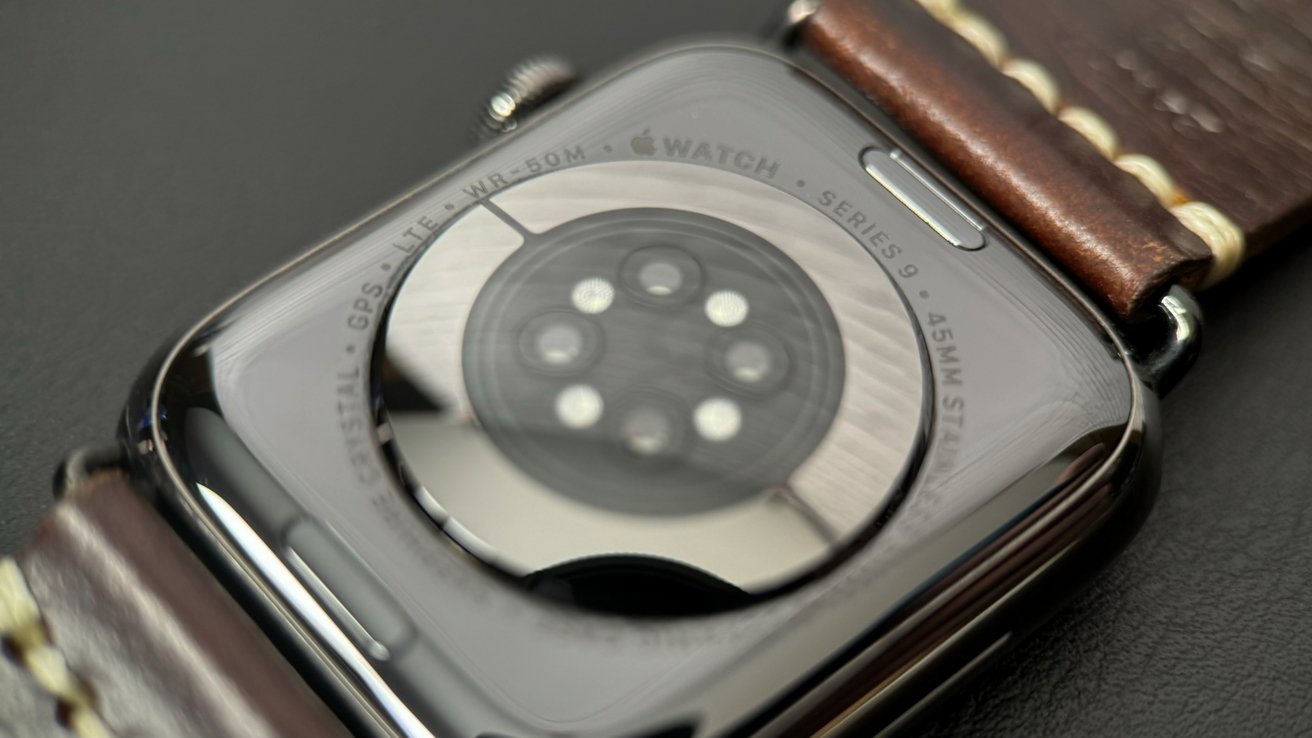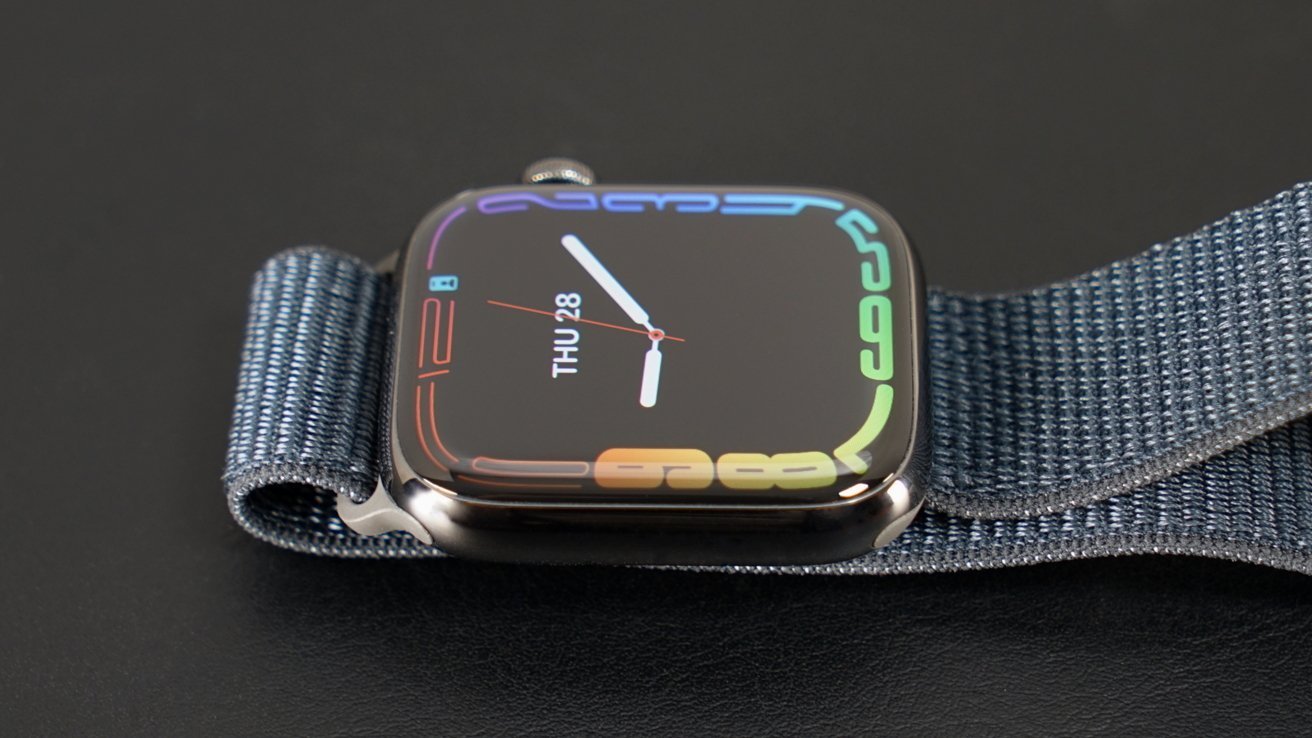Apple Watch Series 9 vs Samsung Galaxy Watch 7-- Specs, price, and features, compared
Samsung's Galaxy Watch 7 launches on July 10, and like every year, leaks have already blown the cover off of it. Here's how the leaked specifications compare against the Apple Watch Series 9.

Apple Watch Series 9 [left], Samsung Galaxy Watch 7 render [right, via Evan Blass]
Samsung will be holding its summer Unpacked event on July 10. The company is expected to launch multiple products at the event.
The Galaxy Watch 7 has already been leaked, in great detail, so, it's now possible to compare the Galaxy Watch 7 against its main rival, the Apple Watch Series 9.
We're not too concerned about the veracity of the information. Samsung is leaky as a sieve in the weeks before the event, and we're confident based on the leak sourcing and the history of Samsung leaks, that everything is correct and accurate.
Apple Watch Series 9 vs Samsung Galaxy Watch 7 - Specifications
| Specifications | Apple Watch Series 9 | Samsung Galaxy Watch 7 |
|---|---|---|
| Price (starting) | $399.00 On sale at Amazon | 319 euro ($343) Reserve at Samsung |
| Sizes | 41mm, 45mm | 40mm, 44mm |
| Display | Retina LTPO OLED display | Super AMOLED |
| Case Materials | Aluminum Stainless steel | Aluminum |
| Processor | S9 SiP | Exynos W1000 |
| Health Sensors | Temperature Blood oxygen Electrical heart sensor Third-generation optical heart sensor | Temperature Heart Rate (Electrical and Optical) BioActive |
| Resistance | 50 meters IP6X dust resistance | 5 ATM IP68 MID STD 810H |
| Battery | Up to 18 hours (36 in Low Power Mode) | 425mAh |
| Recharging | Wireless | Wireless |
| Connectivity | LTE UMTS Wi-Fi 4 (802.11n) Bluetooth 5.3 GPS/GNSS NFC | Wi-Fi 2.4GHz and 5GHz Bluetooth 5.3 GPS/GNSS NFC |
| Other Sensors | Compass Emergency SOS Fall Detection Crash Detection Always-on altimeter Accelerometer Gyroscope | Geomagnetic sensor Barometer Accelerometer Gyroscope |
Apple Watch Series 9 vs Samsung Galaxy Watch 7 - Design and appearance
The Apple Watch has maintained a fairly consistent appearance throughout its existence. Featuring an aluminum enclosure in its cheapest models and with optional stainless steel, it is a rounded square device with a display and top glass to match.
Samsung is going for a circular device with its Galaxy Watch 7, complete with an aluminum enclosure. The display rests a little above the enclosure and is flat, as opposed to Apple's rounded edges.
The main control of the Apple Watch is a touchscreen, but it's supported by the Digital Crown and a side button.

The Apple Watch Series 9 Digital Crown and side button
As well as touch, Samsung's smartwatch previously used a spinning bezel as its Digital Crown analog. However, while it is likely to be a similar interface this time around, the leaked specifications do not mention it.
Both varieties ship in two sizes, with the Apple Watch going for 41mm and 44mm, while Samsung's gone for 40mm and 44mm.
In terms of physical size, the Apple Watch measures 41mm by 35mm by 10.7mm for the 41mm model, and 45mm by 38mm by 10.7mm for the 45mm.
The 40mm Galaxy Watch 7 is said to be 40.4mm by 40.4mm and 9.7mm deep. The 44mm version is apparently 44.4mm by 44.4mm and 9.7mm deep.
There is a little less thickness to the Galaxy Watch 7, but it's not a significant difference from the Apple Watch.
Weight-wise, the Galaxy Watch 7 is 28.9 grams or 33.8 grams, depending on the size. The Apple Watch is a little heavier at 31.9 grams and 38.7 grams in their lightest configurations.
In terms of durability, Apple says the Apple Watch can withstand a depth of 50 meters, with it also having IP6X dust resistance.
Samsung's device is rated to 5 ATM of pressure, with an IP68 resistance rating.
Apple Watch Series 9 vs Samsung Galaxy Watch 7 - Display
The Apple Watch Series 9 sports an always-on Retina LTPO OLED edge-to-edge display. It's protected by Ion-X front glass in the aluminum models, and Sapphire for the stainless steel versions.
Apple claims it can output up to 2,000 nits of brightness, and as little as 1 nit.
The resolutions of the Apple Watch Series 9 are 430 by 352 pixels and 484 by 396 pixels for the 1.69-inch and 1.9-inch displays respectively. That works out to be a pixel density of 326 pixels per inch.
The Galaxy Watch 7 has a 480 by 480 resolution on the larger 1.5-inch display, and 432 by 432 on the 1.3-inch version. This is fairly comparable in terms of pixel density to Apple, with the larger model at 327ppi and the smaller at 330ppi.
Apple Watch Series 9 vs Samsung Galaxy Watch 7 - Processing
Running the Apple Watch Series 9 is an Apple-designed S9 SiP, complete with a 64-bit dual-core processor. It also has a 4-core Neural Engine and 64GB of storage capacity.
The Galaxy Watch 7 is said to use the Exynos W1000, a Samsung-produced chip. It is apparently a 5-core chip, made using a 3-nanometer process.
Storage on the Galaxy Watch 7 doesn't seem to match that of the Apple Watch, resting at 32GB.
Apple uses watchOS 10 as its operating system, custom-made for the Apple Watch itself. Samsung uses the company's One UI Watch 6.0, built on Wear OS.
Apple Watch Series 9 vs Samsung Galaxy Watch 7 - Health sensing
Both watches are capable of detecting the user's heart rate in two ways. Optical sensors are used for one method, with Apple on its third-generation sensor, alongside an electrical heart sensor.
Each also has a temperature sensor built in as well.

The rear sensor package of the Apple Watch Series 9.
Apple also includes blood oxygen sensing as a sensor-based feature.
Meanwhile the Galaxy Watch 7 is listed as using a BioActive Sensor. This was previously used to handle the optical and electrical heart sensors, as well as Bioelectrical Impedance Analysis for readings of heart rate, blood oxygen, and stress.
Each has its fair share of fitness-tracking functionality, as well as fall detection systems.
Apple Watch Series 9 vs Samsung Galaxy Watch 7 - Battery
Apple has said that the Apple Watch Series 9 can last for up to 18 hours of normal use, though this extends to 36 hours in Low Power Mode.
The leaked specifications for the Galaxy Watch 7 don't offer usage time, but instead a capacity of 425mAh.
Apple does use a 282mAh or 308mAh battery, depending on the size. Despite being smaller, it's not directly comparable to the Galaxy Watch 7 in terms of use, since we don't know how power-hungry Samsung's version will be.
Apple Watch Series 9 vs Samsung Galaxy Watch 7 - Other features
Apple includes quite a few other sensors in the Apple Watch, including a compass, altimeter, accelerometer, and gyroscope. The leaks say the Galaxy Watch 7 has an accelerometer, gyroscope, and a geomagnetic sensor, as well as a barometer.
Both also connect over Wi-Fi and Bluetooth 5.3, as well as NFC for payments. GPS and GNSS support is also offered.
While we know that the Apple Watch has cellular connectivity options, some leaks say the Galaxy Watch 7 will have a 4G option too.
Apple Watch Series 9 vs Samsung Galaxy Watch 7 - Pricing
The Apple Watch Series 9 starts from $399 for the aluminum 41mm model without cellular. The 45mm model is $429, with cellular connectivity an extra $100 on top per model.
The stainless steel versions start at $699 for the 41mm size, $749 for the 45mm. They automatically include cellular connectivity.

The Apple Watch Series 9 is available in aluminum and stainless steel casings.
The leaked pricing for the Galaxy Watch 7 puts the 40mm model at 319 euros ($343), with the 4G version at 369 euros ($396).
The 44mm versions are expected at 349 euros ($375) and 399 euros ($429), depending on cellular configuration. Samsung is running a deal offering $50 in credit when you reserve a Galaxy device.
Apple Watch Series 9 vs Samsung Galaxy Watch 7 - Which to buy
It's fair to say that, on paper, the Apple Watch Series 9 and the Samsung Galaxy Watch 7 are very comparable wearables. There's a lot of crossover in terms of specifications and features between the two, making them fierce rivals.
However, a fierce rivalry isn't what you would expect for smartwatches. Especially when they are intended for two different ecosystems.
What you instead get in the Galaxy Watch 7 is a very good example of a smartwatch, that is intended just for Android users.
Samsung does impress with its slightly thinner, lighter, and traditionally round appearance compared to the Apple Watch. But at the same time, the Apple Watch already offers consumers a lot of functions.
We still have to hear from Samsung about any feature changes at its launch on July 10. But even now, it seems like the Galaxy Watch 7 will be a great wearable option for Android users.
Read on AppleInsider

Comments
2) Seems odd that Samsung doesn't include a compass. And why are they sticking with a round display for a device that isn't just a few hands on a central pivot? Probably just to be different from Apple.
The Apple Watch non sapphire models have protection but it’s total garbage. Every aluminium watch I’ve had from Apple ends up with way too many scratches on the screen & quickly. Yet non of my mechanical watches have scratches.
Had the technology for a digital watch existed right from the start, it would have been absurd to create a round watch body/face, as there simply would have been no imperative to create a form so inefficient to the function of the timepiece. Apple has simply set aside that imperative and determined that the best form is a watch body with straight sides, that simply extend the straight lines of the band around the wrist. It's a more functionally elegant solution to the problem once you free yourself of the need to accommodate circular movements and the circular watch face those impose. Today, traditional round watch faces are a cultural tradition, but culture evolves and so do forms and the fashions that reflect them. Apple will not build round smartwatches, as they are not the appropriate form for the smartwatch paradigm. It's just that simple. The rest are doing so in order to differentiate from Apple and to take advantage of the existing cultural dogma. The future will take care to correct their error.
The rectangular shape is more efficient than a round shape at displaying maximum information. But like any aspect of our lives not everybody needs every possible feature of any given device. Most everyone I know has an Apple Watch. If not it's some feature watch not a smart watch.
Style is an imperative. A round watch comes with some sacrifices that may or may not be important to the wearer. Style and function play different roles to different people based on their preferences. While Apple sticks to the rectangular case a great many of their watch faces are round, and still offer a lot of utility.
Sports cars vs saloons vs trucks, long pants vs shorts, hard top vs convertible, etc. One size doesn't fit all even if Apple says so. The Samsung watches offer a lot of utility in a round shape. A few I've seen are good looking to boot. They just don't offer watchOS so they're a non-starter for me.
A round Watch doesn't have to replace rectangles in a line up. I don't understand why people try to make it an either or situation. If Apple were to design a round Watch the vast majority of Watch fans would very like be surprised at how little would be lost in translation.
Apple should make their lineup thinner than it is now. If they made a round Watch it would sell. They probably won't do it. I have a vague memory of Jobs making negative comments regarding phablets. It's possible he never did. Yet iPhones keep getting bigger and bigger. So change is possible.
2) You claim that Apple says that one size fits all, but this is a topic on their Watch which has had multiplet sizes from the start, and has even adjusted the sizes of the displays and casing whilst keeping the watchbands in the same two categories for a decades so clearly they don't feel that one size fits all. I don't think you understand the term size when you're talking about very different utility and aesthetics.
3) Samsung does offer a lot of utility in a round display, but they're also losing a lot of utility which is why Apple has won and will keep winning in this space. From internal capacity for components to the amount of pixels with a given pixel density you can display on its shortest axis the Watch will come out ahead every time.
4) When the rumors were swirling about a smartwatch from Apple I was worried that they might have tunnel vision because of the long history of wrist worn clocks. I'm very glad they didn't make that mistake. I felt it was obvious not to be a round face, but sometimes people see tradition as mandatory or as good even when it's very clearly not as good, like the area of a square v a circle for a given diameter,.
5) I don't think it's not too thick, especially for what it does. I do suspect it could get thinner, but only because they're making it bigger in other regards. Previously I mention square v circle in terms of area, but it's a rectangle... and there's a lot more space on the arm they can utilize to expand the device's battery capacity, components, and overall general utility. So far, they've done a good job of increasing this albeit at a slower rate than I'd prefer.
6) If Wear OS wants to best Apple they'd make a widescreen rectangular watch face.